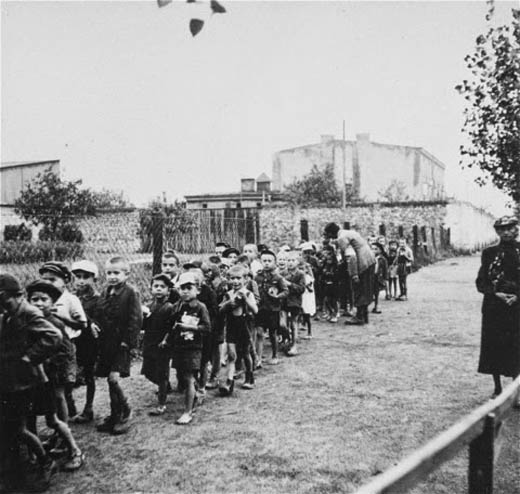Air Operations, Crete
USAMEAF B-24s attack shipping and port facilities at Candia Bay.
[Air Operations, Egypt
57th Fighter Group P-40s escort RAF bombers that help repel the German Army attack on Alam-el-Halfa.
[Air Operations, Europe
Russian planes bomb Budapest, Vienna and Breslau.
[Air Operations, New Guinea
V Fighter Command P-40s attack numerous ground targets in the Owen Stanley Mountains between Buna and Kokoda. P-400s and 3rd Light Bomb Group A-20s bomb and strafe the airfield at Buna.
[Air Operations, Pacific
An AirSoPac PBY based at Ndeni in the Santa Cruz Islands downs an H6K 'Mavis' flying boat it encounters over the open sea.
[Air Operations, Solomons
2 67th Fighter Squadron P-400s and 6 VMF-224 F4Fs attack 15 troop-laden Japanese landing barges near Guadalcanal. 1 barges is sunk and several hundred soldiers are known to have died. 1 F4F is lost to enemy fire. The 2 P-400s attack the beached barges later in the day.
Shortly before noon, all 18 available Marine Corps F4Fs intercept 26 G4M 'Bettys' and 20 A6M Zeros. 4 'Bettys' and 1 Zero are shot down to the loss of 2 F4Fs and 1 pilot.
[Allied Planning
The Allies Supreme Command decides that the main landing points for Operation TORCH shall be Algiers and Oran in Algeria and Casablanca in Morocco.
[Britain, Home Front
The IRA ambush an RUC patrol in County Tyrone. 2 are killed and 1 wounded.
[Eastern Front
German troops enter Novorossiysk on the Black Sea which had served as the base of the Soviet fleet in those waters since the fall of Sevastopol.
In Stalingrad Marshal Zhukov conscripts civlians to prepare the city's defenses. Fighting is already going on in the suburbs.
SOUTHERN SECTORThe 1st Guards Army launches more attacks but again suffers heavy casualties with no real gain. Attacks by the 66th and 24th Armies are beaten back. Concentrated and well directed artillery fire smashes the 66th Army on its start line, while the 24th is pushed back by a combination of artillery ans small arms fire. Both armies try to provice support on the flanks of the 1st Guards but fail miserably. They are successful, however, in preventing the release of German forces into Stalingrad from the north.
[Guadalcanal
The Cactus Air Force spots 15 large enemy landing boats, each carrying about 75 men, approaching the northwest corner of Guadalcanal. US planes give the landing boats a thorough working over sinking 3. P-400s strafe and bomb along the beach and sink most of the 12 remaining boats. A Japanese air raid comes in at noon in thr form of 26 bombers and 20 Zeros. 18 US planes rise to meet the Japanese. 2 bombers and a Zero are shot down but 2 F4Fs are lost and 3 more badly damaged.
Japanese fast destroyers land reinforcements and essential supplies on Guadalcanal during the night. The US Navy and Marines soon nickname this almost nightly service the 'Tokyo Express'.
[New Guinea
The Japanese take off about 1,300 men of the Special Navy Landing Force from Milne Bay because of the violent defense of the Australian 7th Brigade and the 18th Brigade of the Australian 7th Division. The Japanese have lost about 1,000 men in action here. This leaves only about 600 to oppose the Australians. The Australians, following the withdrawal closely, capture the supply dump at Waga Waga.
[North Africa
The British XIII Corps continues its attacks against Axis positions at El Alamein.
[ Deportation from the Lodz Ghetto |
 |
Pacific
- The US high speed transports Gregory (APD-3) and Little (APD-4) are sunk by the Japanese destroyers Yudachi, Murakumo and Hatsuyuki off Lunga Point, Guadalcanal.
- The US submarine Seal (SS-183) sinks the Japanese merchant passenger-cargo ship Kanju Maru (1688t) southeast of Cam Ranh Bay, French Indochina.